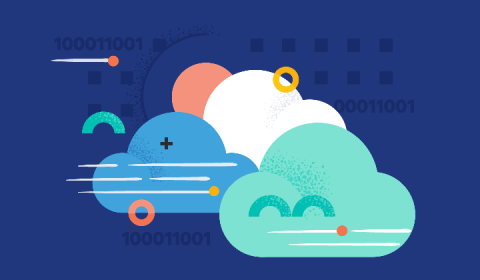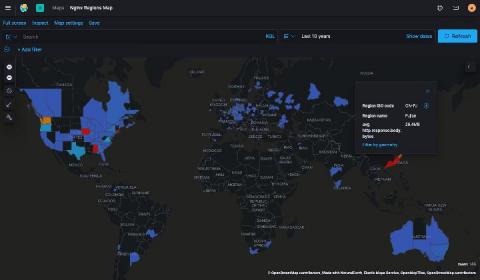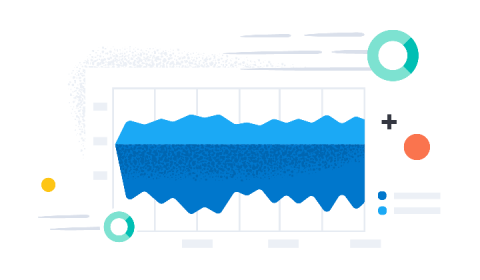The Go client for Elasticsearch: Working with data
In our previous two blogs, we provided an overview of the architecture and design of the Elasticsearch Go client and explored how to configure and customize the client. In doing so, we pointed to a number of examples available in the GitHub repository. The goal of these examples is to provide executable "scripts" for common operations, so it's a good idea to look there whenever you're trying to solve a specific problem with the client.







